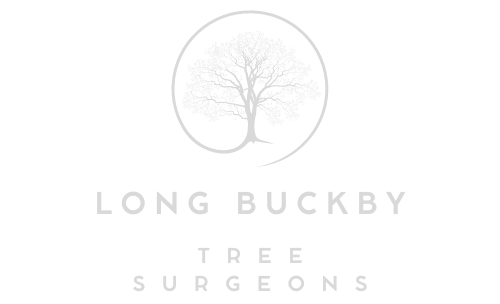How Dead Wood Removal Can Prevent Tree-Related Allergies in Urban Areas
In urban environments, trees are essential for improving air quality, enhancing aesthetics, and providing shade. However, they can also contribute to allergy-related health issues if not properly maintained. One often-overlooked aspect of tree care that can significantly reduce the risk of allergies is the removal of dead wood. At Long Buckby Tree Surgeons, we specialise in professional tree surgery services that prioritise both the health of trees and the well-being of residents in Long Buckby, Northamptonshire. Here’s how dead wood removal can play a crucial role in preventing tree-related allergies in urban areas.
The Connection Between Dead Wood and Allergies
Dead or decaying wood in trees may seem harmless at first glance, but it can become a breeding ground for fungi, mould, and bacteria, all of which are known allergens. These organisms thrive in the damp, rotting wood and can release spores and particles into the air, leading to increased allergy symptoms for those who are sensitive.
In urban areas, where people live in close proximity to trees, this can have a noticeable impact on air quality and public health. The removal of dead wood is an essential step in minimising these allergens and preventing them from spreading through the local environment.
Common Allergy Triggers in Dead Wood
Several factors contribute to allergies originating from dead wood in trees. Understanding these triggers can help homeowners and urban planners take the necessary precautions to maintain a healthy and safe environment.
- Mould and Fungi: As dead wood decays, it becomes an ideal environment for mould and fungi to grow. Mould spores, in particular, are a common allergen that can cause respiratory issues, sneezing, and itchy eyes. Removing dead wood prevents the development of mould and reduces the likelihood of these spores being released into the air.
- Dust Mites and Insects: Dead wood attracts various pests, including dust mites and insects. While dust mites are not typically linked to trees, they can thrive in areas where mould and decaying organic matter are present. These mites, along with insect droppings and shed skins, can become airborne and exacerbate allergy symptoms.
- Pollen Accumulation: Dead wood can also contribute to an accumulation of tree pollen, particularly if the tree is not well maintained. Pollen is a well-known allergen, and during the spring and summer months, it can combine with other allergens from decaying wood to create a more challenging environment for allergy sufferers.
Benefits of Dead Wood Removal in Urban Tree Management
Regularly removing dead wood from urban trees offers numerous benefits beyond just improving tree health. By actively managing the health of trees in urban environments, you can significantly reduce the impact of tree-related allergies.
1. Improving Air Quality
Removing dead wood eliminates the primary source of mould spores and other allergens, leading to cleaner, healthier air. This is particularly important in urban areas where pollution levels are already higher, and the presence of additional allergens can worsen air quality and public health.
2. Enhancing Tree Health
Dead wood not only poses a risk to human health but also weakens the tree itself. By removing dead or decaying branches, you allow the tree to focus its energy on healthy growth. This reduces the likelihood of further decay and prevents the spread of disease, ensuring that the tree remains strong and vibrant.
3. Preventing Property Damage
Dead branches are more likely to break and fall, especially during high winds or storms, posing a risk to people and property. Regular dead wood removal helps mitigate this hazard, contributing to a safer environment in urban settings.
4. Reducing Pest Infestations
Dead wood attracts insects such as termites, beetles, and other pests that can cause damage to both trees and nearby structures. Removing dead wood reduces the habitat for these pests, which in turn minimises the likelihood of infestations spreading to your home or property.
Professional Tree Surgery for Allergy Prevention
While it’s tempting to attempt dead wood removal yourself, professional tree surgeons like the team at Long Buckby Tree Surgeons are trained to handle the process safely and efficiently. Our specialists have the expertise to identify dead or decaying branches and safely remove them without causing damage to the tree or surrounding property.
We also ensure that any mould, fungi, or insect infestations are dealt with during the removal process, helping to improve air quality and reduce the presence of allergens. Regular maintenance of urban trees through dead wood removal not only prevents allergies but also promotes a healthier, safer environment for everyone.
Conclusion
Dead wood removal is a critical aspect of tree care that can help prevent tree-related allergies, improve air quality, and protect urban environments. At Long Buckby Tree Surgeons, we offer expert dead wood removal services to ensure that trees remain healthy and free from allergens that can negatively affect the local community. If you’re concerned about the condition of the trees on your property, contact us today to schedule a professional assessment and keep your trees—and your surroundings—in top condition.
Call us on: 01327 225 193
Click here to find out more about Long Buckby Tree Surgeons
Click here to complete our contact form and see how we can help with your tree needs.

